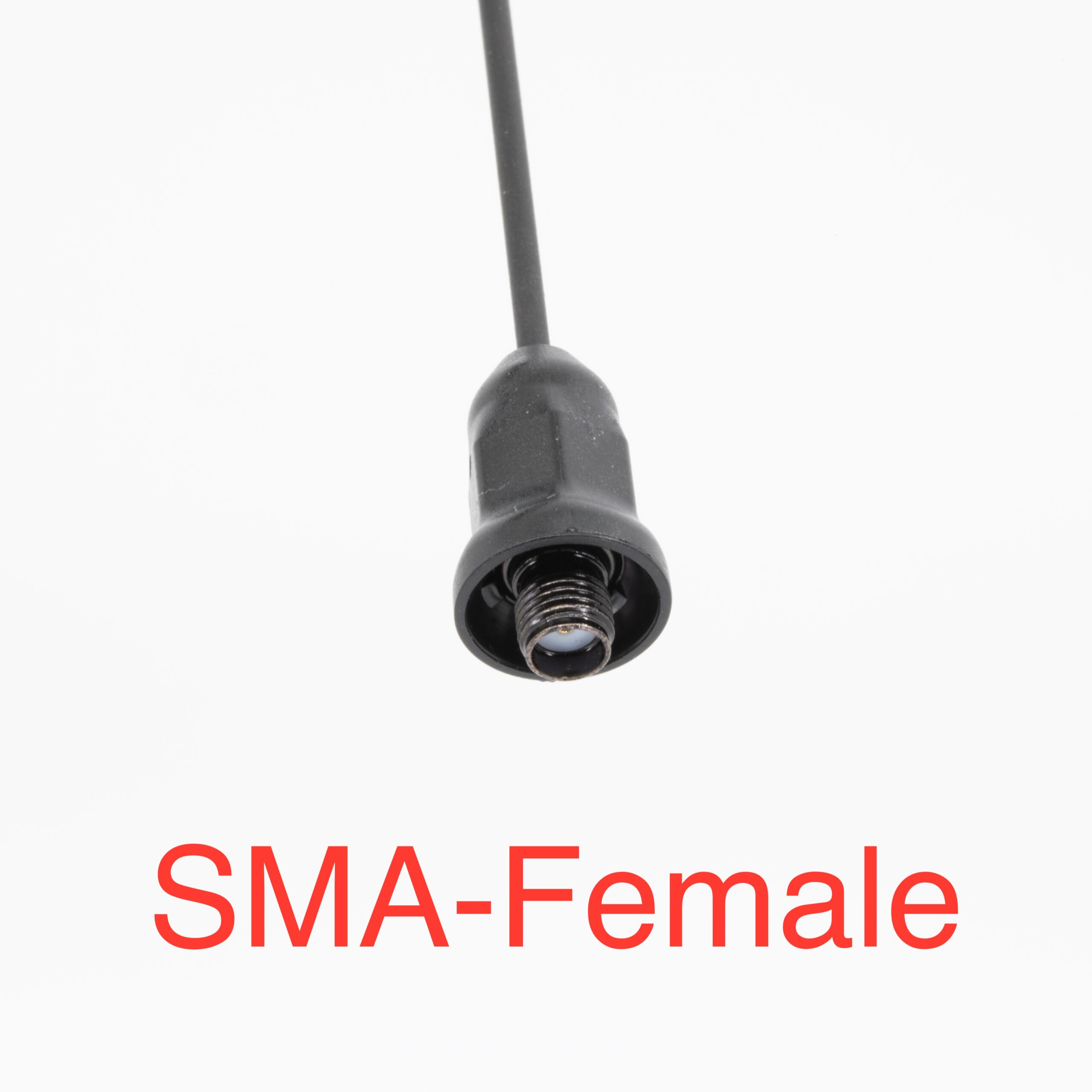Amazon product ASIN B07TYBX86D
![41KDkxDxOFL[1].jpg 41KDkxDxOFL[1].jpg](https://www.snowest.com/forum/data/attachments/278/278633-e3a7c2526548c53beca7755f11253af6.jpg)
Bingfu Dual Band VHF UHF 136-520MHz 18.8 inch Foldable CS Tactical SMA Female Ham Radio Antenna for Kenwood Baofeng BF-F8HP UV-5R UV-82 BF-888S Handheld CB Ham Radio Two Way Radio Walkie Talkie
by Bingfu
![41KDkxDxOFL[1].jpg 41KDkxDxOFL[1].jpg](https://www.snowest.com/forum/data/attachments/278/278633-e3a7c2526548c53beca7755f11253af6.jpg)
Bingfu Dual Band VHF UHF 136-520MHz 18.8 inch Foldable CS Tactical SMA Female Ham Radio Antenna for Kenwood Baofeng BF-F8HP UV-5R UV-82 BF-888S Handheld CB Ham Radio Two Way Radio Walkie Talkie
by Bingfu
- Frequency Range: VHF UHF 136-520MHz; Gain: 3.5dBi; Direction: Omni-directional; Max Input Power: 8W; Package List: 1 x Antenna (As the Picture Shown);
- Compatible with: BAOFENG BF-666S BF-777S BF-888S BF-320 BF-480 BF-490 BF-V6 BF-V8 UV-82 UV-5R BF-F8HP GT-3 BF-F8+ BF-388A BF-UV5R BF-UV5RA BF-UV5RB BF-UV5RC BF-UV5RD BF-UV5RE BF-UV5REPlus BF-UV82 BF-UVB5 B6 Ham Radio;
- Compatible with: WOUXUN KG-689 KG-689 PLUS KG-669 KG-669 PLUS KG-659 KG-699E KG-UVD1 Ham Radio; WEIERWEI VEV-3288S VEV-6288 VEV-3288 Ham Radio; QUANSHENG TG-K4AT TG-2AT TG-45AT TG-42AT TG-22AT TG-25AT TG-UV Ham Radio;



